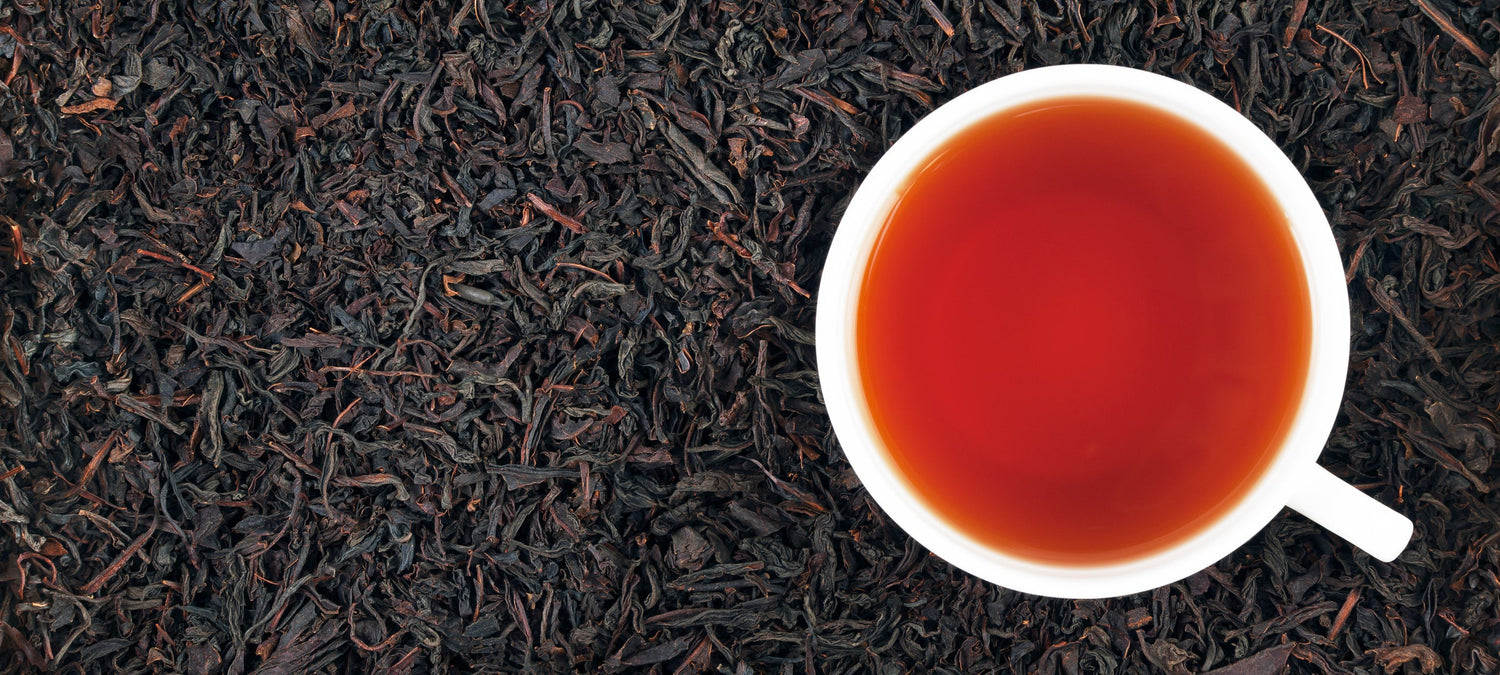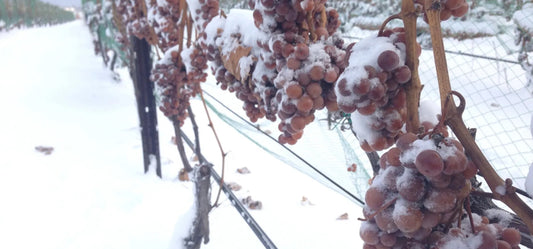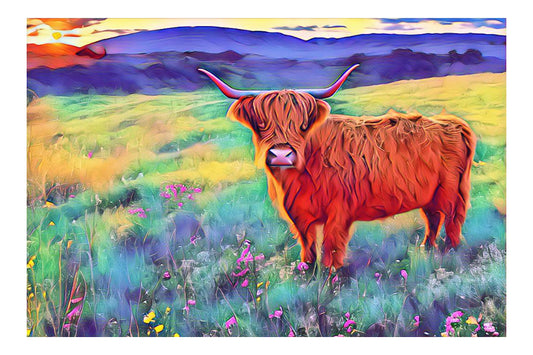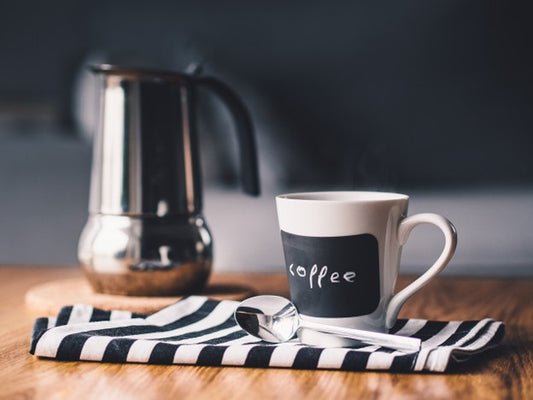Tea leaves often have more to offer than a single steeping. Learning the art of reusing tea leaves extends the life of your favorite loose-leaf tea and opens the door to a wide range of subtle flavors waiting to be discovered.
This guide will discuss the steps and considerations for making the most of your tea leaves through multiple infusions.

A Guide to Reusing Tea Leaves
Here is a helpful guide on how to reuse tea leaves.
1. Choose the Type of Loose Leaf Tea
Certain types of tea are more amenable to multiple infusions than others. In particular, Oolong, green, and white teas tend to reveal a captivating array of flavors over successive steepings.
These teas are often crafted to withstand repeated brewing, gradually unfolding their complexities with each infusion. Experimenting with different teas allows you to appreciate the diversity of how various leaves respond to reuse.
2. Use Fresh Water
When preparing subsequent infusions, ensure you start with fresh and clean water. Using water that has been reheated or left standing for an extended period may lead to a less vibrant flavor profile. Optimal water quality is crucial for coaxing out the full potential of your tea leaves.
3. Adjust Brewing Parameters
Each infusion brings forth different flavor notes from the tea leaves. To capture these nuances, consider adjusting your brewing parameters with each steep.
Gradually increase the steeping time and temperature, allowing the leaves to release different layers of taste. This step is especially crucial for teas like Oolong, whose flavor evolves significantly throughout multiple infusions.
4. Monitor Steeping Times
Be mindful of the steeping times for subsequent infusions. While the first infusion might require a longer steep to fully unfurl the leaves, later infusions may benefit from shorter brewing periods. Over-steeping during subsequent infusions can lead to bitter flavors, so keep a watchful eye on the timer.
5. Experiment with Steeping Vessels
Different brewing vessels can influence the flavor extraction process. Experimenting with teapots or unconventional vessels like glass jars can provide unique nuances to each infusion. The choice of brewing vessel adds an extra layer of exploration to your tea-reusing journey.
6. Appreciate the Evolution
Part of the charm of reusing tea leaves lies in appreciating the evolution of flavors. As you progress through multiple infusions, observe how the taste profile transforms. Subtle notes initially overshadowed may come to the forefront, offering a sensory journey that evolves with each cup.
7. Mindful Storage Between Infusions
When taking a break between infusions, storing your tea leaves properly is essential to retain their freshness. If using a teapot, consider leaving the lid slightly ajar to allow the leaves to breathe. Remove the leaves from the water for longer breaks to prevent over-steeping during the resting period.
8. Compost Used Tea Leaves
After you've extracted all the flavors your tea leaves offer, consider giving them a second life in your garden. Used tea leaves make excellent compost material, rich in nutrients that benefit plants. They can be added to your compost bin or sprinkled directly onto the soil, contributing to a sustainable and eco-friendly cycle.
9. Know Your Tea's Limits
While many high-quality loose-leaf teas can withstand multiple infusions, it's essential to recognize when your tea leaves have reached their limit. Some teas may lose their vibrancy after a certain number of steepings. Experimentation and paying attention to the changing flavor profile will guide you in determining your tea's reusability.
10. Embrace the Ritual
Reusing tea leaves is not just a practical consideration; it's a mindful ritual that improves the tea-drinking experience. Embrace the slower pace of savoring each cup, appreciating the unfolding layers of taste, and immersing yourself in the ceremony of multiple infusions.
Final Words
The art of reusing tea leaves transforms each session into a multi-sensory exploration. By choosing the right teas, adjusting brewing parameters, and appreciating the evolving flavors, you can unlock the full potential of your favorite loose-leaf teas. This practice adds depth to your tea-drinking experience and aligns with a sustainable approach, making the most of every leaf and celebrating the enduring beauty of tea craftsmanship.





